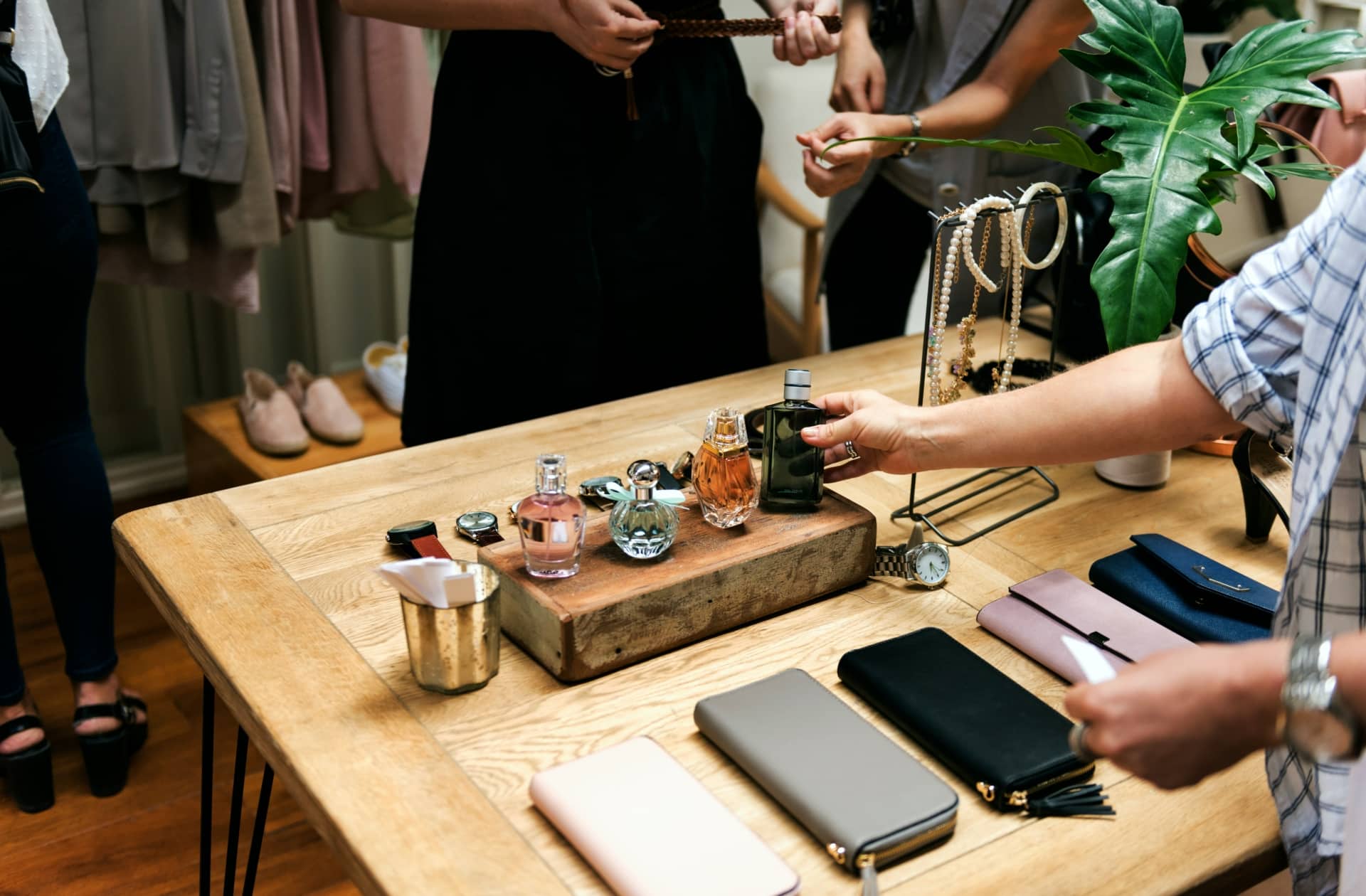What is it about?
It started with perfumes and spread to the entire beauty market. From make-up to skin care and hair care — no beauty category is safe from ‘dupes’ anymore. The concept of “inexpensive alternatives to an expensive product” is not new. Knock-off designer brands of clothing and grocery store private-label products have been around for decades. What is new is that counterfeit has gone cool. Instead of hiding it, you flaunt it on social media!
What’s the beauty of it?
Like generic medicines, dupes do as good a job as originals, at a much cheaper price. Dupes’ buyers don’t feel they’re buying a counterfeit or fake. They feel they’ve turned the tables on high-priced beauty brands. They get the benefits without the frills (i.e., the shiny packaging, glossy magazine ads and celebrity models). As one of our interviewees said about a dupe perfume:
“It smells just the same. Only difference is, you don’t pay neither for the bottle nor for the multimedia campaign!”
What’s at stake for beauty brands?
Our data shows that 23% of European Gen Z women already say they systematically look for cheaper versions of their ideal beauty products. The rise of #dupe culture is a generational shift in consumption. Even when Gen Z or millennials can afford to buy a genuine designer item, many still opt for a dupe. It’s about being smarter than brands. Plus, if you are the first to post about a dupe that everyone else wants to buy, you can become stratospheric overnight! Dupes question what a ‘desirable brand’ is. As such, they are an opportunity for beauty brands to freshen up their cultural relevance.




